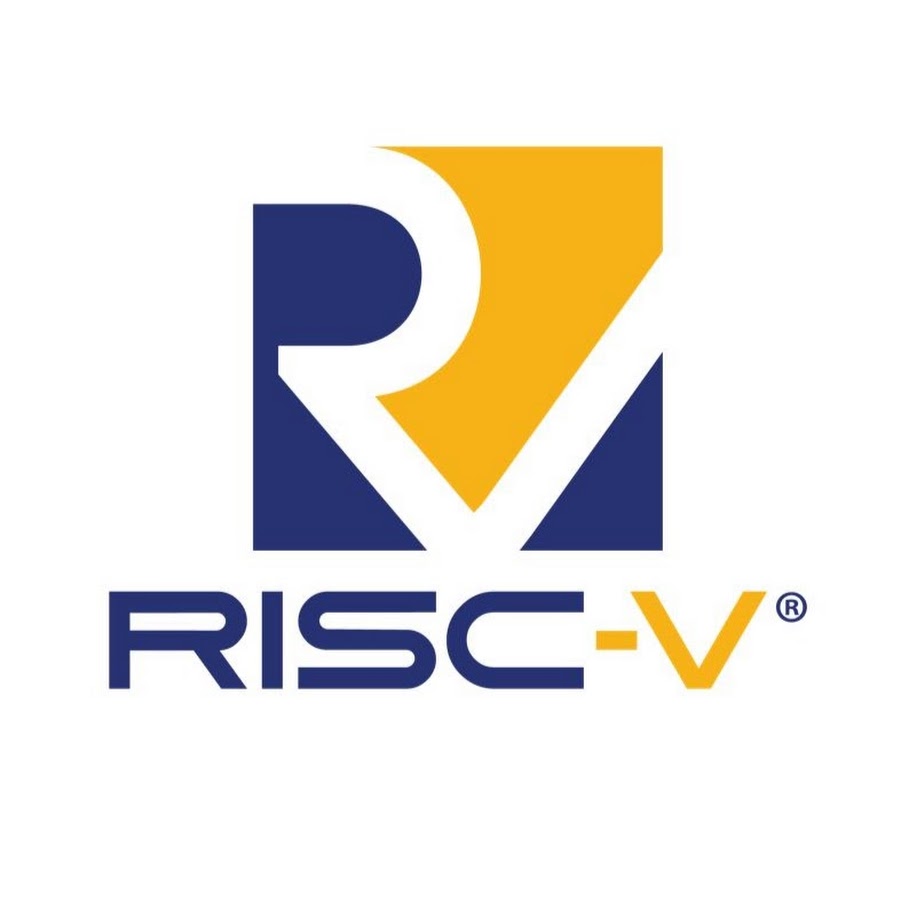- 4 Posts
- 44 Comments

 41·18 days ago
41·18 days agoGoogle is certainly guilty of killing off lots of products, but:
The video demonstrates the ecosystem working now, using features that have existed for years, most of which work across hardware platforms from multiple vendors, as well as multiple operating systems (i.e. features that won’t disappear on Google’s whim, because they don’t actually control the tech, they leverage open standards, etc).
Let’s also not pretend like Apple has never killed a product, service, or feature. Ecosystems grow, shrink, and change all the time. If you prefer one offering over the other, use it. That’s the entire point of the video.
I think that applies to the others as well, except in some cases when they are tuned to the same fundamental, e.g. Bb Trumpet, BBb Tuba. But tubas commonly come in C, F, and Eb as well (trumpet variants also exist, but are less common).
Because of the rotary valves and trigger? Or for some other reason?
If that’s the only difference you’re calling out, it’s worth noting rotary valves and triggers show up on other instruments as well. In particular, tubas often have rotary valves, and it’s not uncommon to see trigger valves on trombones.
Having played both piston valves and rotary, the difference is negligible.

 5·1 month ago
5·1 month ago“Desktop publishing” is the category of software you want. I’ve not used it, but I believe Scribus is the standard FOSS tool for this. If you want a simple graphical way to make your album, this is the way.
Many people have metnioned LaTex - I would not recommend it for this purpose. LaTex, while powerful, will have a steep learning curve, and isn’t really made for artistic tasks - its purpose is for writing technical papers. From literally the first two sentences on the project site:
LaTeX is a high-quality typesetting system; it includes features designed for the production of technical and scientific documentation. LaTeX is the de facto standard for the communication and publication of scientific documents.
It’s probably possible to make a beautiful photo album with LaTex, but without a lot of work, it’s more likely to come out looking like a calculator manual.

 61·1 month ago
61·1 month agoI think it is less a question of whether the voice sounds like Scarlett Johansson, as that is subjective and arbitrary (e.g. assume you could objectively measure the similarity, what’s the acceptable cut off - 80%? 90%?). The same is true for the uniqueness of her voice.
I think the real question will come down to intention. They clearly wanted her voice. Did they intentionally attempt to replicate it when they couldn’t have the real thing? If so, there is precedent that would suggest they could be in a little trouble here, e.g. https://www.latimes.com/archives/la-xpm-1990-05-09-me-238-story.html

 313·1 month ago
313·1 month agoThis kind of reminds me of Crispin Glover, from Back to the Future. He tried to negotiate a higher pay for the second movie, so the producers hired a different actor to play the role, but deliberately made the actor up to look like Glover. In response, Glover sued the producers and won. It set a critical precedent for Hollywood, about using someone’s likeness without consent.
The article mentions they reached out to her two days before the launch - if she had said ‘OK,’ there’s no way they could have even recorded what they needed from her, let alone trained the model in time for the presentation. So they must have had a Scarlett Johansson voice ready to go. Other than training the model on movies (really not ideal for a high quality voice model), how would they have gotten the recordings they needed?
If they hired a “random” voice actress, they might not run into issues. But if at any point they had a job listing, a discussion with a talent manager, or anything else where they mentioned wanting a “Scarlett Johansson sound-alike,” they might have dug themselves a nice hole here.
Specifically regarding your question about hiring a voice actor that sounds like someone else - this is commonly done to replace people for cartoons. I don’t think it’s an issue if you are playing a character. But if you deliberately impersonate a person, there might be some trouble.

 478·2 months ago
478·2 months agoNot to justify the actions of the shooter, but ringing the doorbell before breaking in is definitely a thing. It’s a means of checking if the house is occupied - if you’re just trying to steal things, an unoccupied house is ideal, and if someone answers when you ring, it’s easy enough to make up an excuse and walk away.
A much better solution than a gun, though, is a security door (similar to a screen door, but more kick proof).
Considering that you are not using their software, was the laptop worth the premium you paid for it, vs buying from Clevo directly?
I figured the hardware and software coming from the same vendor would yield the best results, and wanted to support a company that supports right-to-repair, and Linux in general. But ultimately I found Pop!_OS buggy and had performance issues, so I’m not using their OS, and their firmware is causing issues with my SSD, so I’d like to be off of it as well (but was told "there’s no process for reverting to the proprietary firmware“ for the specific model I have). I could have bought a Clevo directly, saving hundreds of dollars, and probably had a better working machine.
Would not recommend System76. I’ve had many issues with my machine (primarily software, related to their buggy custom firmware, and Pop!_OS, until I ditched that for stock Ubuntu). Their support has been terrible - rather similar to OP’s, actually. I’ve had the laptop for about 2.5 years, and I’m checking practically daily for something to replace it.
For what it’s worth, I just bought a TCL 55S450F (55 inch 4K HDR FireTV) specifically because it does not ever need an internet connection to function (expressly stated in the manual). It is currently on Amazon for $268 (they have other sizes at other prices). It’s a great TV, considering the price. The only real drawback for me is the remote is Bluetooth, rather than infrared (less compatible with universal remotes).
Note that for full dumb TV effect, you’ll want to go into the settings and tell it to resume the last input, rather than going to the home screen when you turn it on (without connecting it to the Internet, the home screen is basically just a big banner telling you it’s not connected, and when you dismiss that, it just allows you to access inputs and manage settings).

 133·5 months ago
133·5 months agoYou are falling into a common trap. LLMs do not have understanding - asking it to do things like convert dates and put them on a number line may yield correct results sometimes, but since the LLM does not understand what it’s doing, it may “hallucinate” dates that look correct, but don’t actually align with the source.
You might get lucky. Based on https://support.system76.com/articles/system-firmware/, it doesn’t seem to be all models. Note however that the list is out-of-date; my galp5 is not listed, but does not work. Fortunately, I found this out doing a RAM check, and not a firmware upgrade.
My usb-c ports can be a little touchy, too. The SD card slot is also really bad - the card has to be positioned perfectly to slide in, or it jams. I’m also upset that the usb-c port can only be used for charging after a full boot. It cannot be used to perform firmware updates, or even to do a ram test. This means day-to-day, usb-c can be used, but I have to keep track of the barrel charger, just in case. This, of course, was not specified on the product details page (nor, I think, that only one of the two usb-c ports could be used for charging - it’s possible I overlooked that, but still frustrating on an expensive laptop that lists usb-c charging as a feature).
I currently have a System76 laptop, and sincerely regret my purchase. When I purchased it, the Framework was not out yet - I wanted to support a company that supports right-to-repair, and figured since they controlled the hardware, firmware, and software (Pop!_OS), it would be a good, stable experience. It has not been, and support has generally been poor. I know other people have had better experiences than I have, but personally, I won’t be buying from them again.
I haven’t personally used Purism, but former co-workers spoke really poorly of them. They were trying to buy a big batch for work, and said the build quality was awful. Additionally: https://youtu.be/wKegmu0V75s
Thanks! I just cross posted it.
Thanks! I am in the US. I’ve never heard of RH, but I’ll definitely check them out.
Not sure what landscape features you’re looking for, but I’ve been pretty happy with Voyager. I switched from liftoff/jerboa after lemmy.ml took the 0.19 update and they broke. It’s been good enough that I think even if the others hadn’t broken, I’d still choose Voyager over them.

 6·5 months ago
6·5 months agogrep -r string .The flag should go before the pattern.
-rto search recursively,.refers to the current directory.Why use
.instead of*? Because on it’s own,*will (typically) not match hidden files. See the last paragraph of the ‘Origin’ section of: https://en.m.wikipedia.org/wiki/Glob_(programming). Technically yourlscommand (lacking the-a) flag would also skip hidden files, but since your comment mentions finding the string in ‘any files,’ I figured hidden files should also be covered (thefindcommands listed would also find the hidden files).EDIT: Should have mentioned that
-Ris also recursive, but will follow symlinks, where-rwill ignore them.









I think this conflates “ecosystem” with “closed ecosystem” or “walled garden.”
I agree that closed ecosystems are frustrating lock-in tactics. But open ecosystems exist - KDE connect actually shows a good example. It was built for the KDE ecosystem (desktop environment, apps, and services that integrate and work well with each other), but makes the protocol open, so clients can exist for Gnome, and other platforms.
I recognize this is mostly semantics, but wanted to call it out because I think the integration and interoperability afforded by an “ecosystem” is extremely user friendly in general. It only becomes a problem when it is weaponized to lock you in.